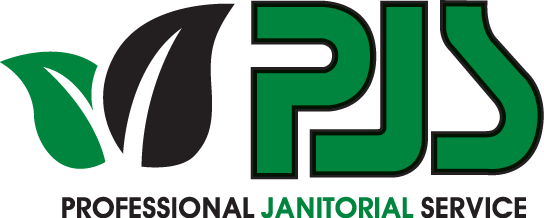Detailed Reporting Systems: PJS of Houston’s Transparency in Service Documentation
Transparency is a cornerstone of trust in the service industry, and PJS of Houston exemplifies this value through its commitment to detailed reporting systems. As a leading provider of janitorial and facility services, PJS recognizes the importance of clear, consistent, and comprehensive documentation in ensuring quality, accountability, and client satisfaction. By leveraging advanced tools and processes, the company delivers real-time insights into its operations, empowering clients to stay informed and confident in the services provided. This focus on transparency not only enhances operational efficiency but also sets a benchmark for reliability in the industry. This discussion explores the key elements, benefits, and future potential of PJS of Houston’s innovative reporting systems.
Understanding Detailed Reporting Systems
Detailed reporting systems are tools designed to collect and organize data in a clear, established manner. These structures focus on essential elements such as accuracy, real-time updates, and user-friendly formats, ensuring that the data is both reliable and accessible. By capturing every element of a career or process, they provide transparency, which creates consensus and accountability between providers and customers. For customers, these systems provide clear insights into the offers they receive, helping them make informed decisions. On the other hand, service providers can use specialized reports to showcase their best, identify areas for improvement, and demonstrate their dedication to professionalism.
PJS of Houston’s Approach to Reporting
PJS of Houston distinguishes itself with a strong dedication to transparent reporting. Their approach revolves around 3 key elements: data collection, regular updates, and real-time accessibility. First, they collect all relevant data about their services so that nothing is missed. Then, they provide continuous updates, keeping clients informed about their progress. Finally, through the use of advanced tools, PJS allows clients to have access to live information, providing complete visibility into their offerings. This systematic approach not only reinforces consideration but also empowers customers with the knowledge to better understand and examine the services provided.
Technological Integration in Reporting
PJS of Houston leverages advanced tools and software to make their reporting systems more effective and reliable. Modern technology enables them to collect, store, and share information with remarkable precision. Digital reporting systems offer several advantages, starting with accuracy, as automated processes reduce errors and ensure data consistency. Additionally, these systems enhance efficiency, saving time by automating repetitive tasks and streamlining workflows. Another key benefit is ease of access, allowing clients to view reports anytime and anywhere through secure platforms. By integrating technology into their processes, PJS ensures their clients receive the most accurate and timely service documentation.
Benefits of Transparent Service Documentation
Transparent service documentation provides multiple advantages, both for clients and service providers like PJS of Houston. It fosters clear communication, ensuring clients understand every aspect of the services provided. This openness builds trust and long-term partnerships, as clients can see the value and reliability of the services over time. Additionally, detailed and transparent reports help clients make better decisions by providing all the necessary information in an organized and actionable format. By prioritizing transparency, PJS not only improves its client relationships but also sets a high standard for accountability and service quality in the industry.
Case Study: Success Through Transparency
A specific example of a project where PJS of Houston's detailed reporting systems led to measurable success. The case study could involve a large-scale client, such as a corporate office or medical facility, where transparency in service documentation resulted in improved operational efficiency, faster issue resolution, and enhanced client trust. This section will highlight key takeaways, such as the importance of real-time updates, the value of client-specific customization, and the role of clear communication in building partnerships. Lessons learned may include the need for robust training programs and the importance of consistent supervisory oversight.
Challenges and Future Directions
Acknowledging the common challenges associated with implementing detailed reporting systems, such as resistance to change, training costs, and initial technological barriers. This section will discuss how PJS of Houston has addressed these hurdles through strategic planning, staff education, and investment in user-friendly tools. It will also explore future plans, such as incorporating advanced analytics, integrating Internet of Things (IoT) devices for real-time monitoring, and leveraging AI for predictive insights. These innovations aim to further enhance transparency, efficiency, and client satisfaction.
Conclusion
PJS of Houston’s dedication to transparency through detailed reporting systems exemplifies its commitment to quality, accountability, and client satisfaction. By providing real-time insights, customizable formats, and comprehensive documentation, PJS has built a foundation of trust with its clients while driving operational excellence. Despite challenges in implementation, the company’s forward-thinking approach ensures continuous improvement through technology integration and innovation. As industries increasingly demand transparency and efficiency, PJS of Houston’s reporting systems serve as a model for success, highlighting the vital role of clear documentation in delivering exceptional service and fostering enduring partnerships.

